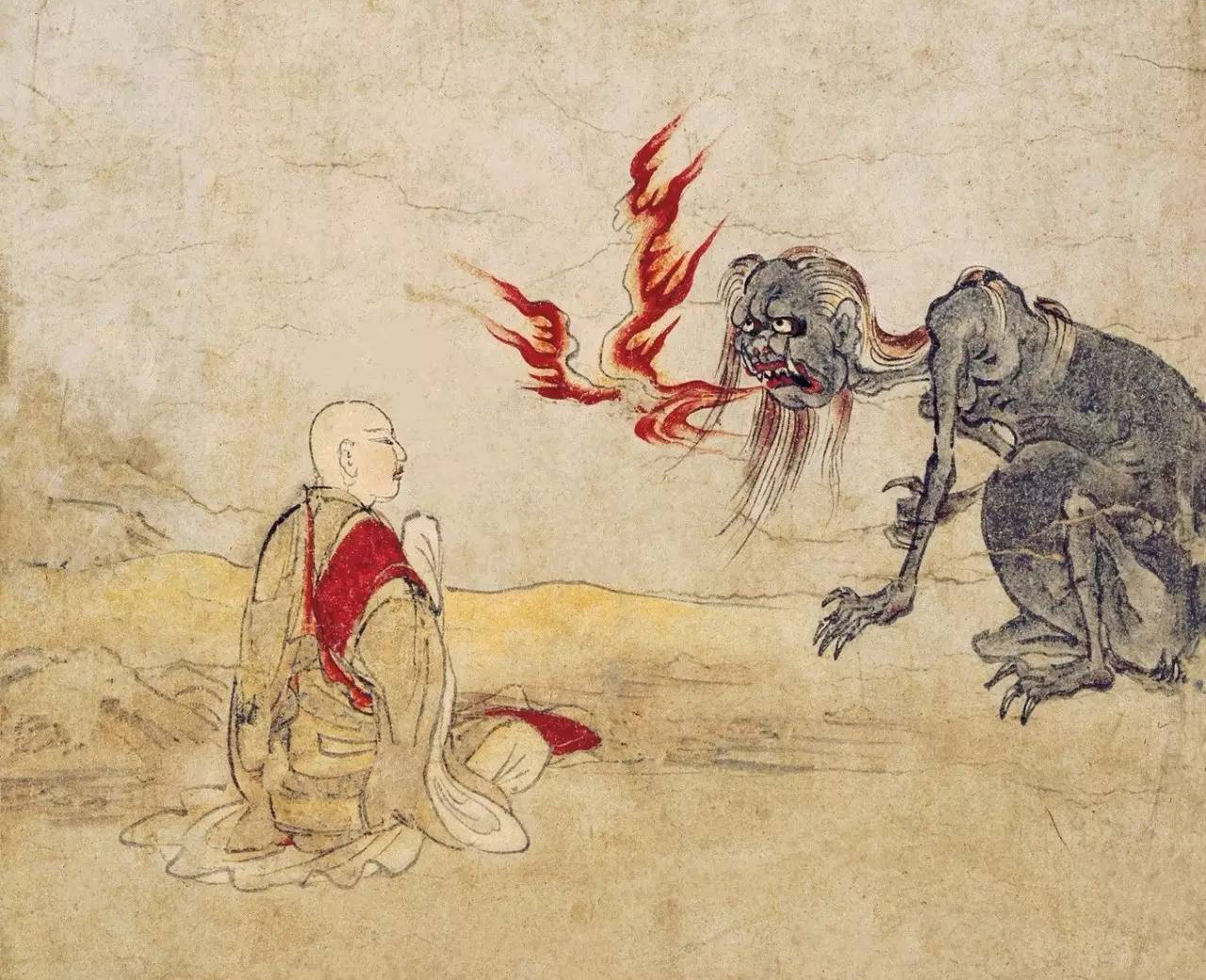The scene: It's night; someone is alone in a dimly lit room. There's an eerie stillness, a creeping anxiety. Then, behind them, you notice a strange shape: a hunched-over figure, lurking in a corner. It is standing deathly still. The head is obscured by what looks like tendrils of jet-black hair. A chill runs down your spine as you suddenly realize the person isn't alone. There's something in the room with them, something that shouldn't be there, something anomalous, incongruous ... menacing.
Scenes like this have come to define Japanese horror or "J-horror." The genre's ability to evoke the supernatural has made it into a worldwide cultural phenomenon, popularized by the films of Takashi Miike and Hideo Nakata, and also by anime, manga and video games. However, while a great deal of attention has been given to modern J-horror, relatively little has been said about its precursors, especially the literary influences that so deeply inform its aesthetic.
One such influence is the book "Ugetsu Monogatari," published in 1776 and authored by Ueda Akinari (1734-1809). Conventionally translated as "Tales of Moonlight and Rain," this collection contains nine tales that all have the hallmarks of classic kaidan ("strange tales").

















With your current subscription plan you can comment on stories. However, before writing your first comment, please create a display name in the Profile section of your subscriber account page.